I went to school to become an electrical engineer and I'd also consider myself a maker, but the mechanical portions of this project really challenged me. This is the most complex mechanism I've ever made.
The electronics are mainly an Arduino with a homemade shield. The shield has a microphone to detect the claps to start, a relay to control power to the motor, a button to detect cam position, and another relay to control the Applause light which is an LED strip behind a spray-painted piece of plastic.
I think the motor came from a hedge trimmer and the power supply is from a server.
The remainder of the frame and mechanism comes from my junk pile: scrap wood and metal, a belt from a printer, a lid from a jar of nuts, a bungie cord, lots of screws.
Oh, and the hands are meant for practicing nail art.
 Dillon Nichols
Dillon Nichols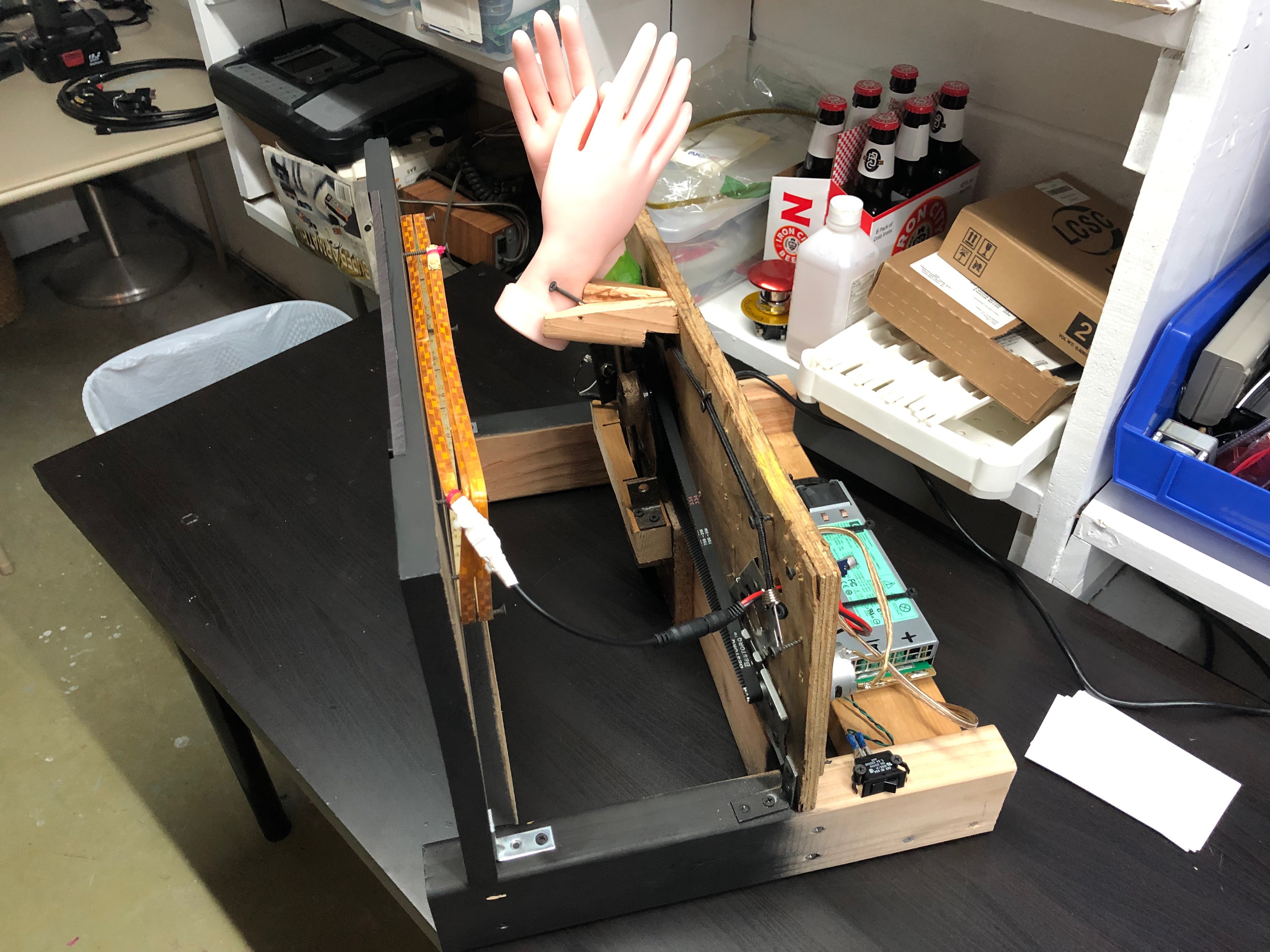

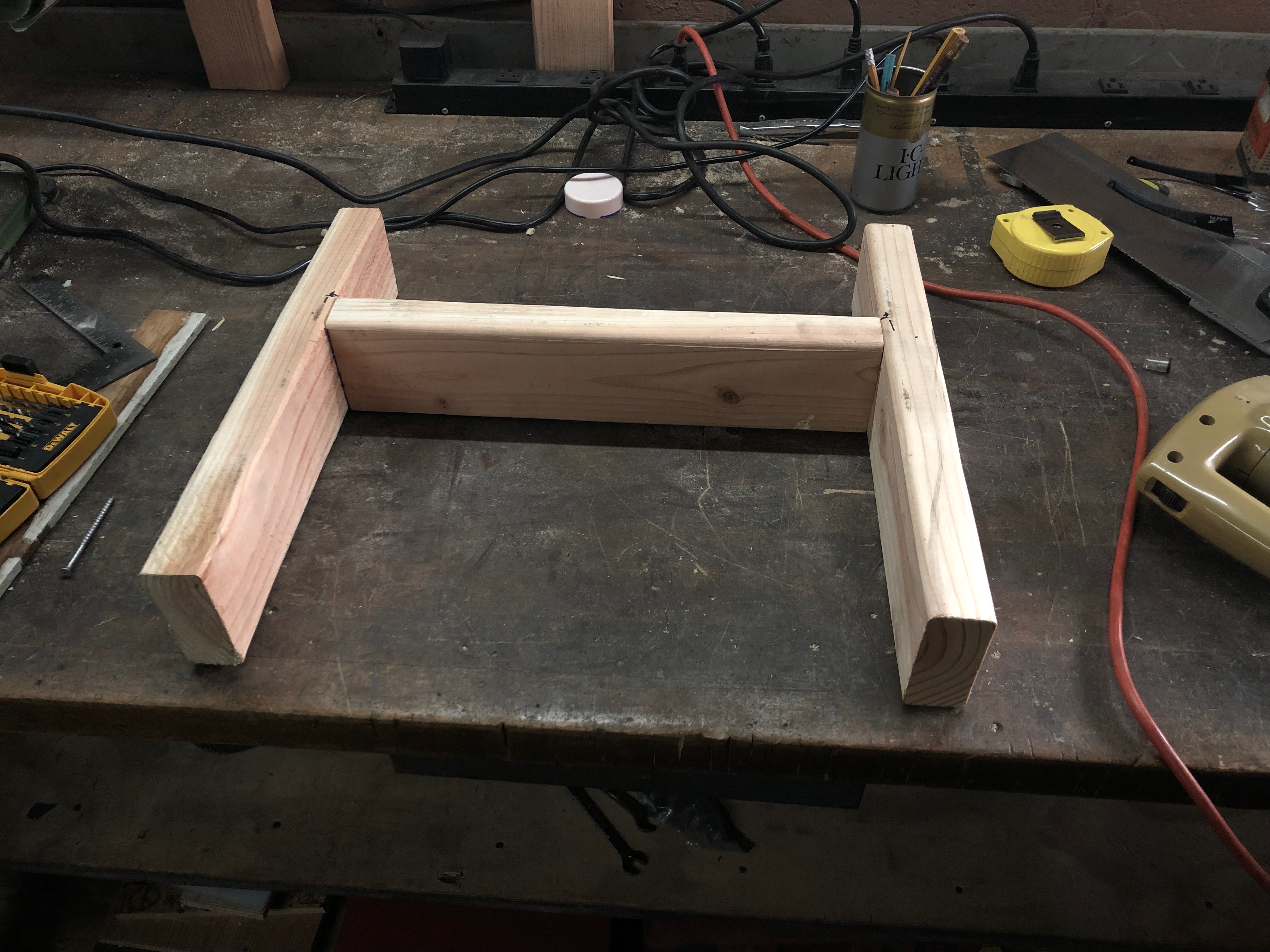

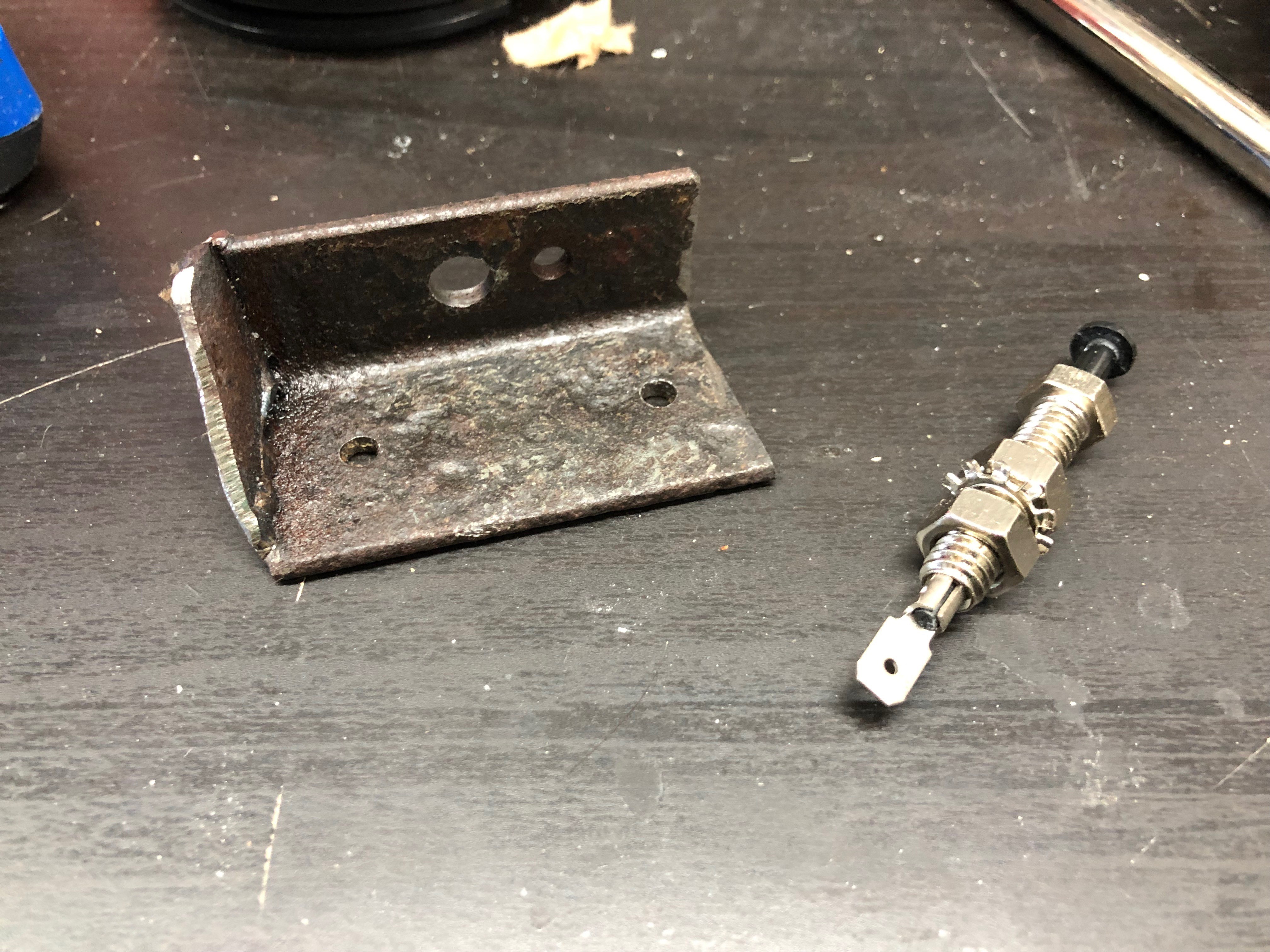




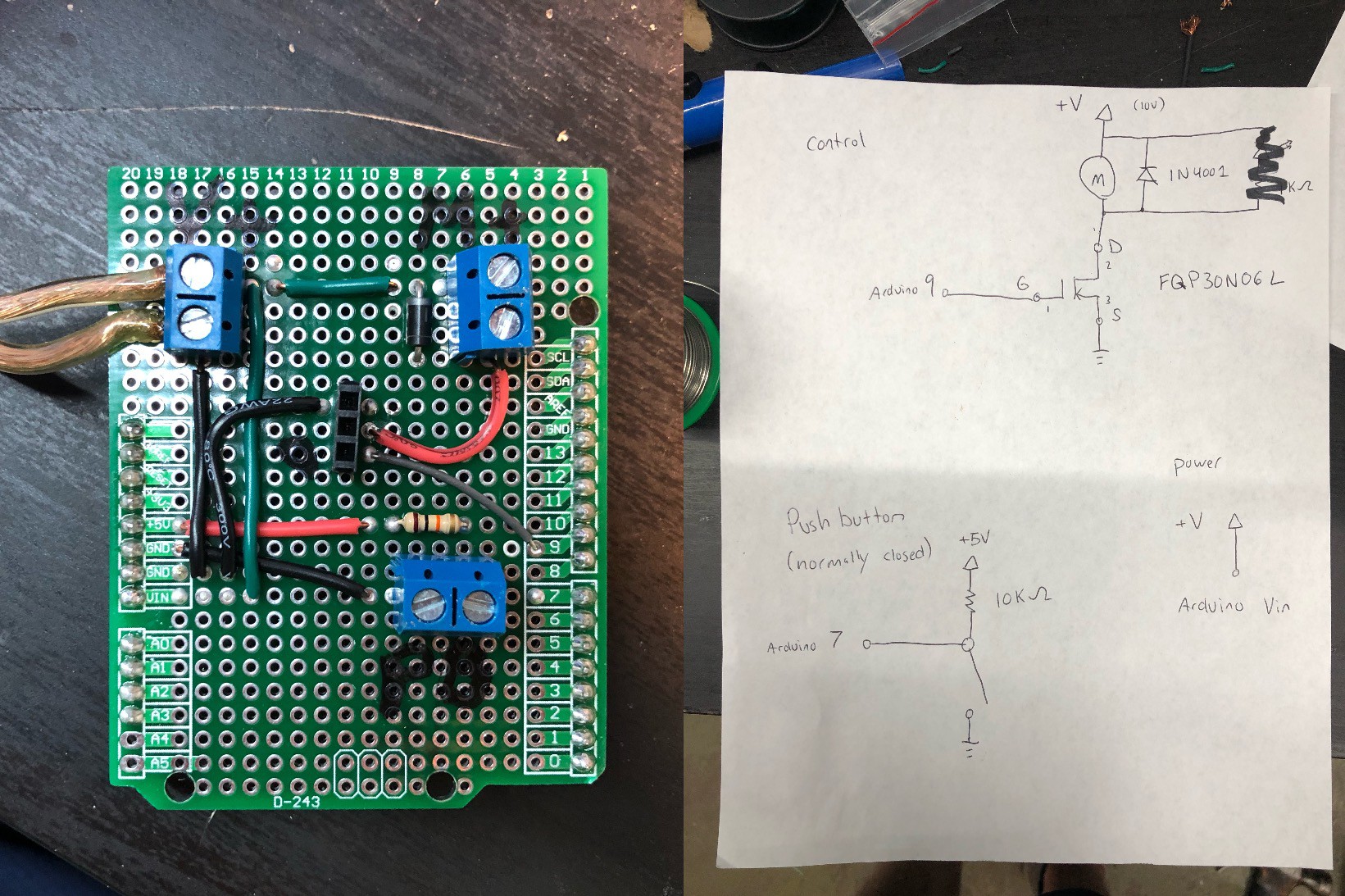
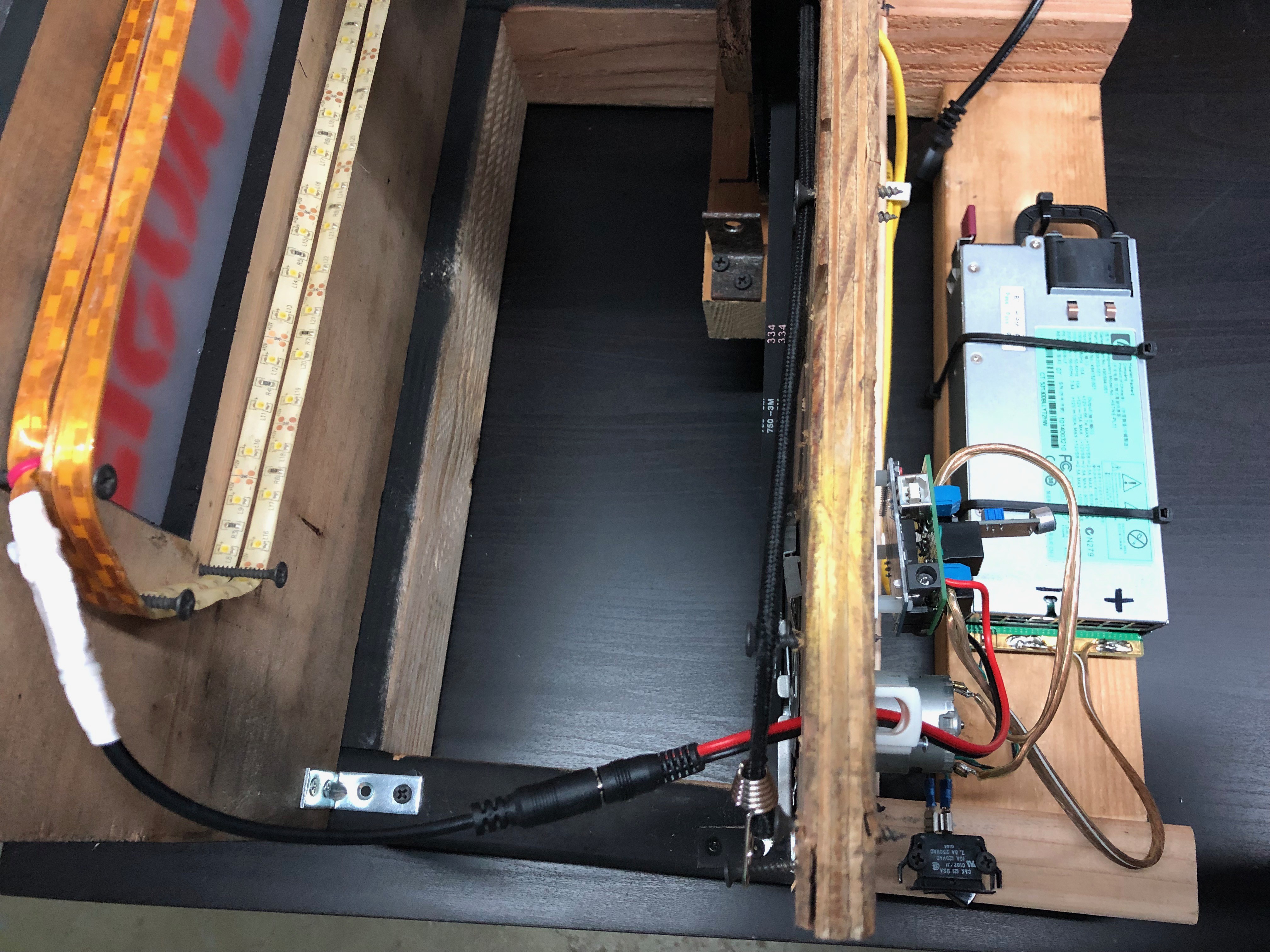

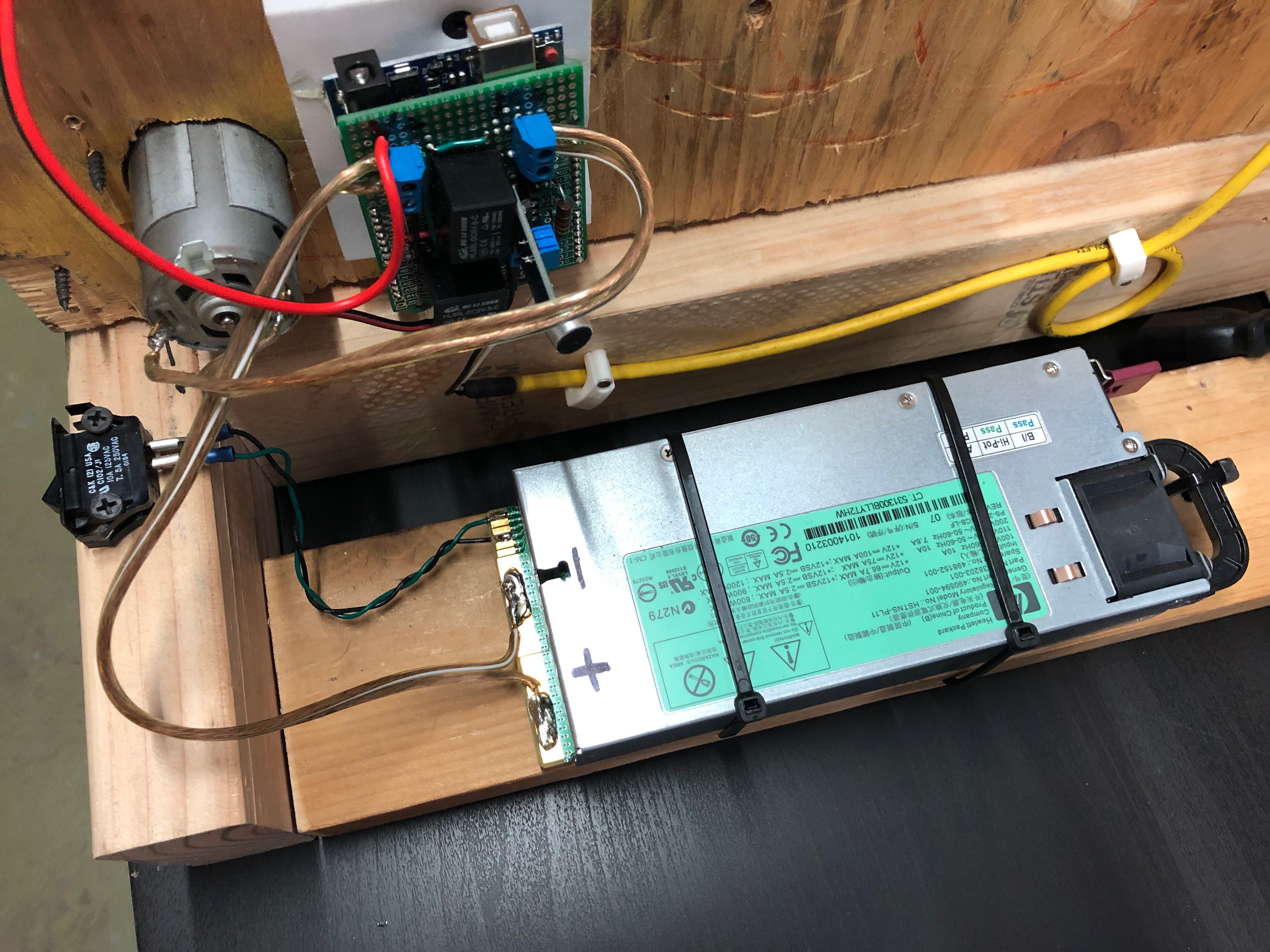
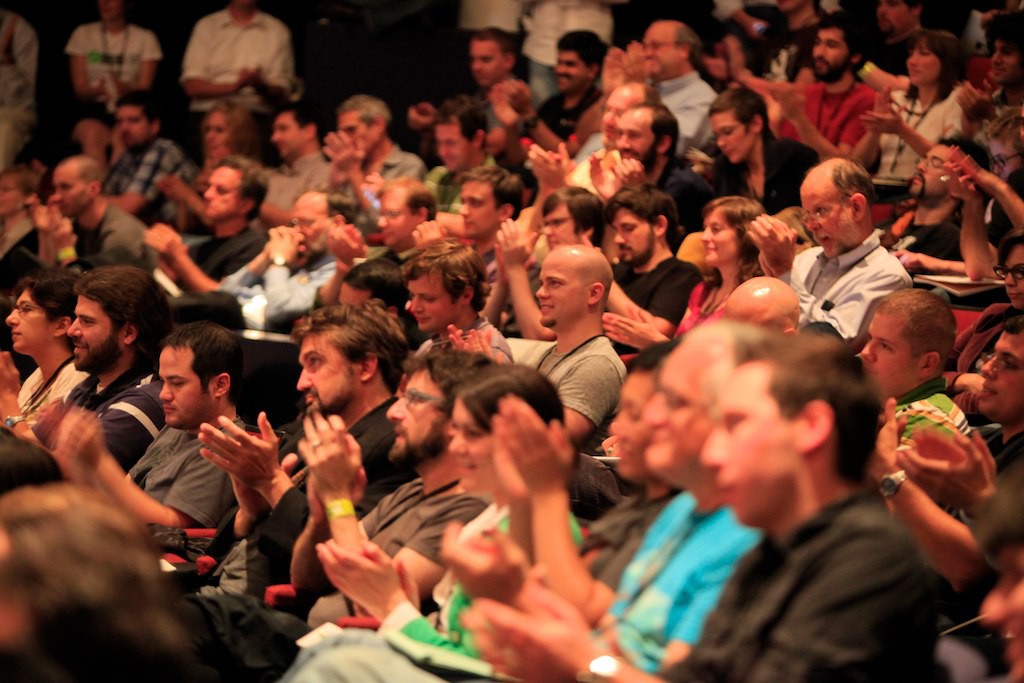
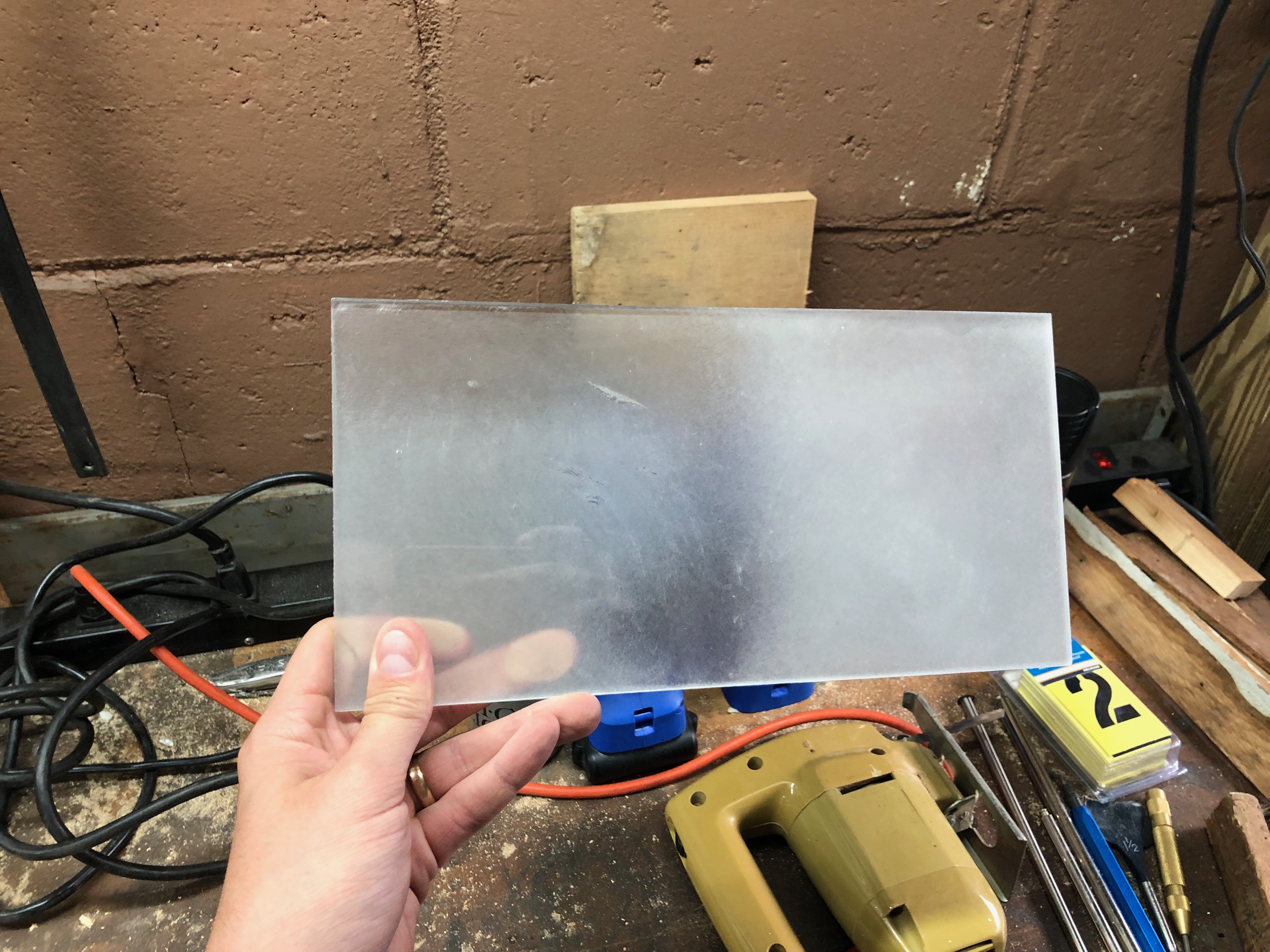
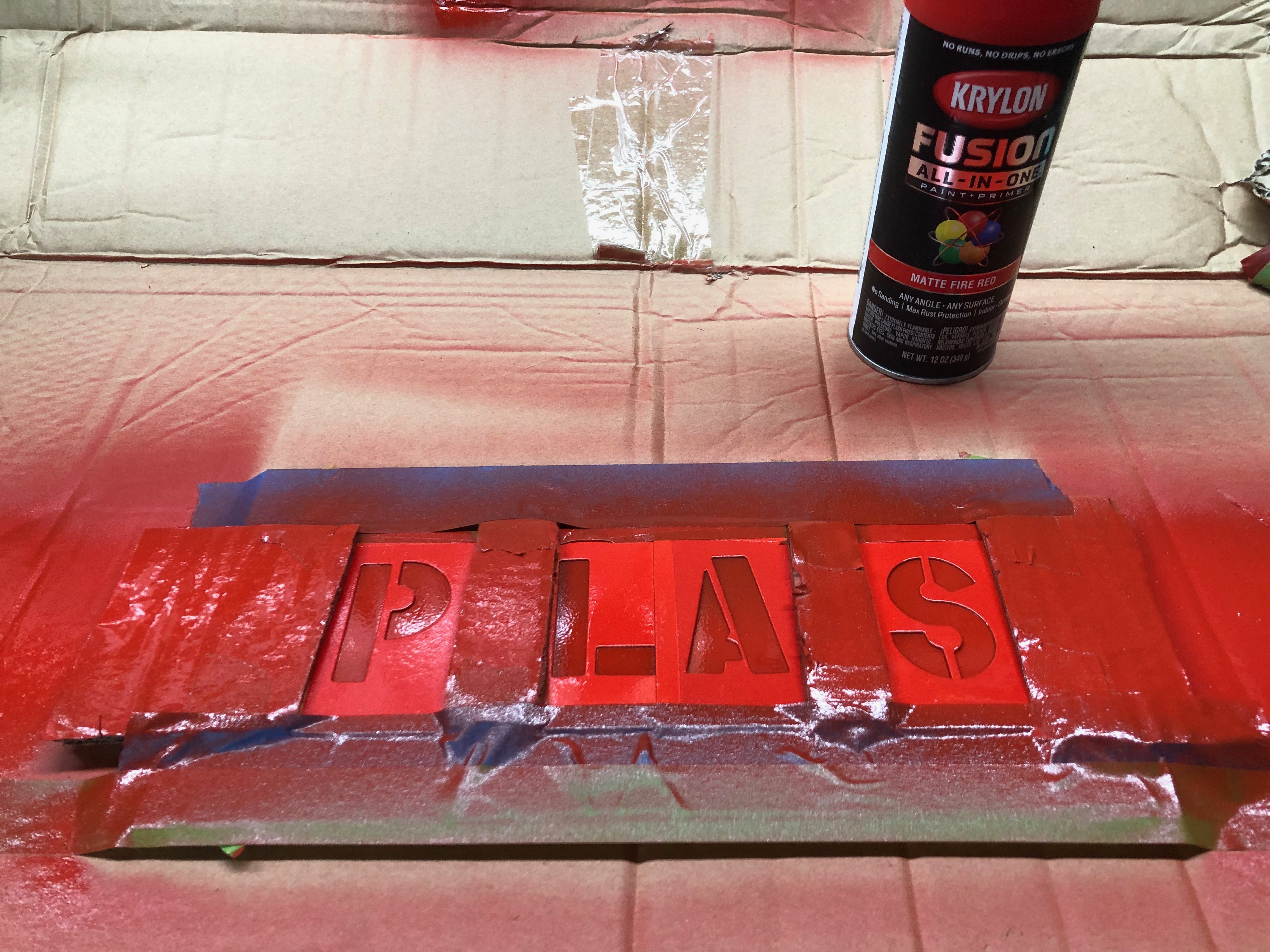
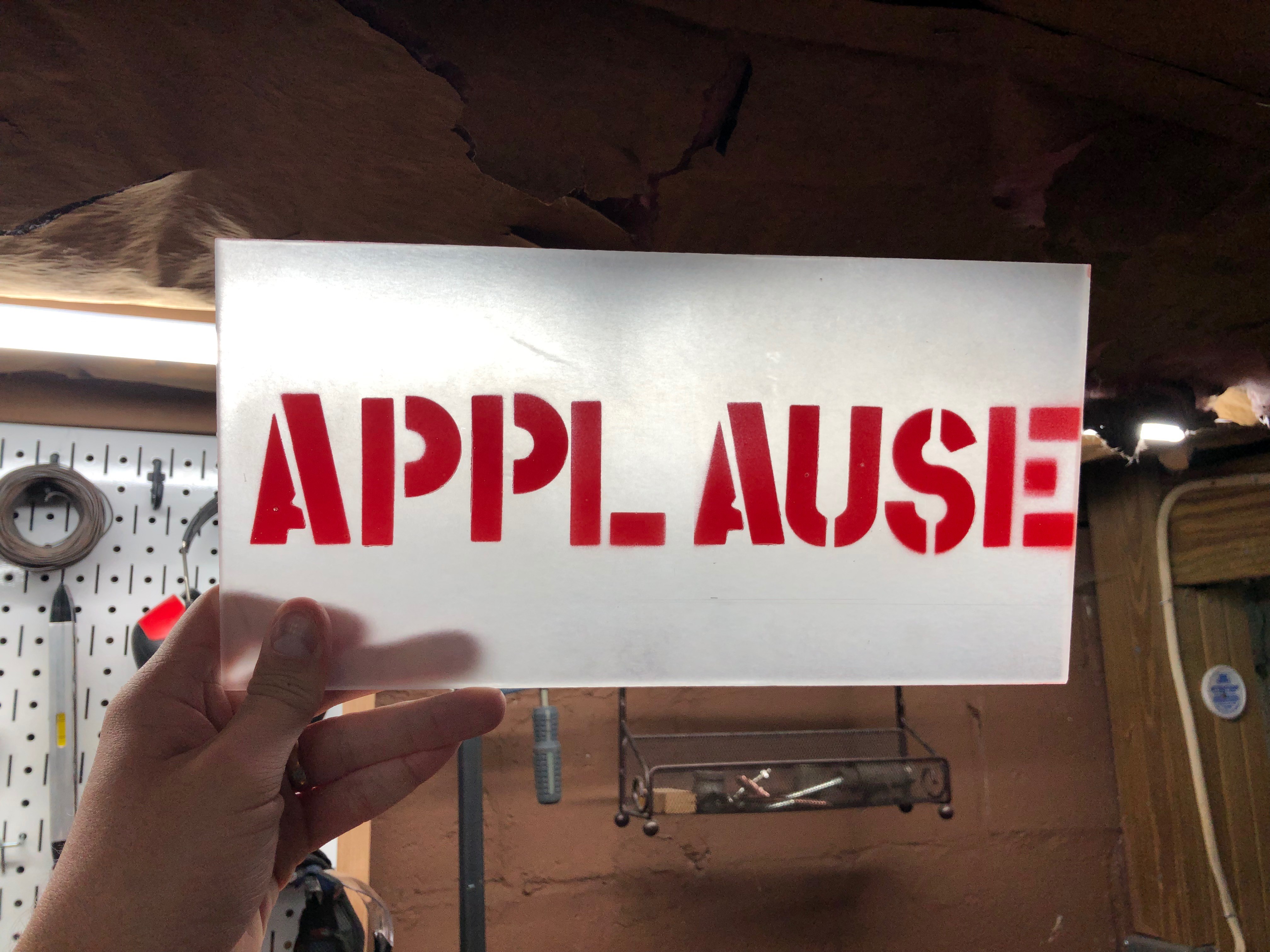
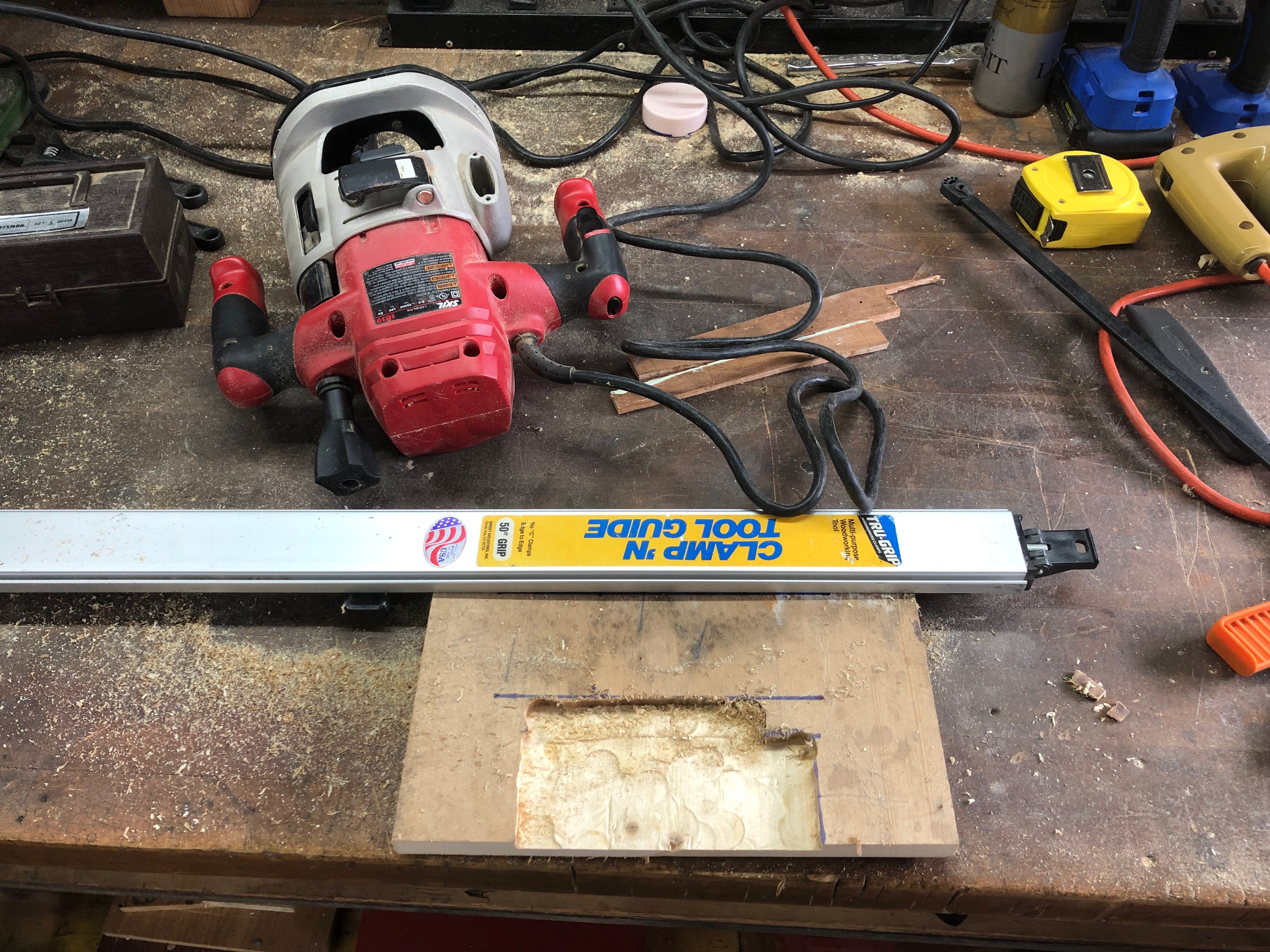
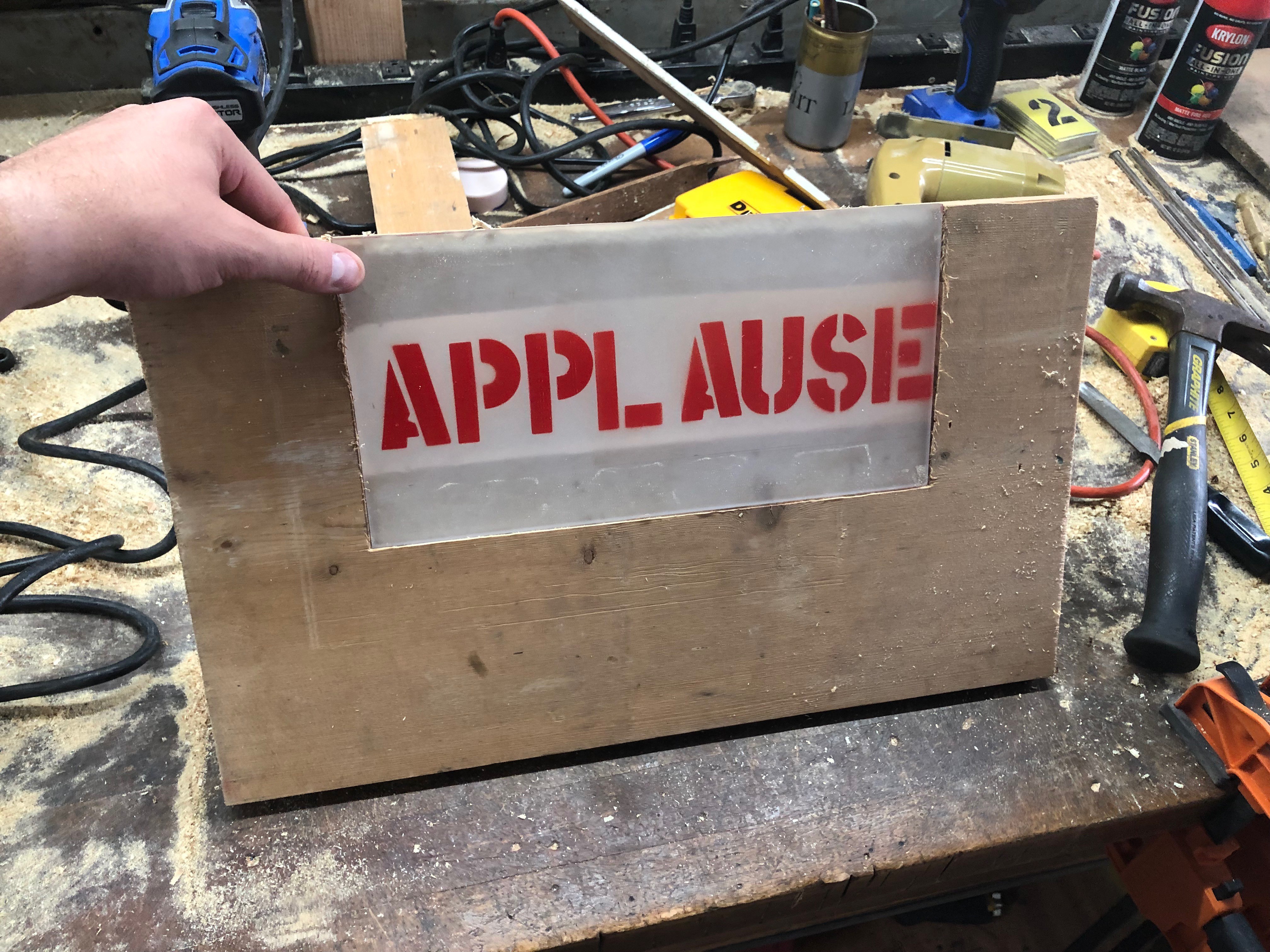
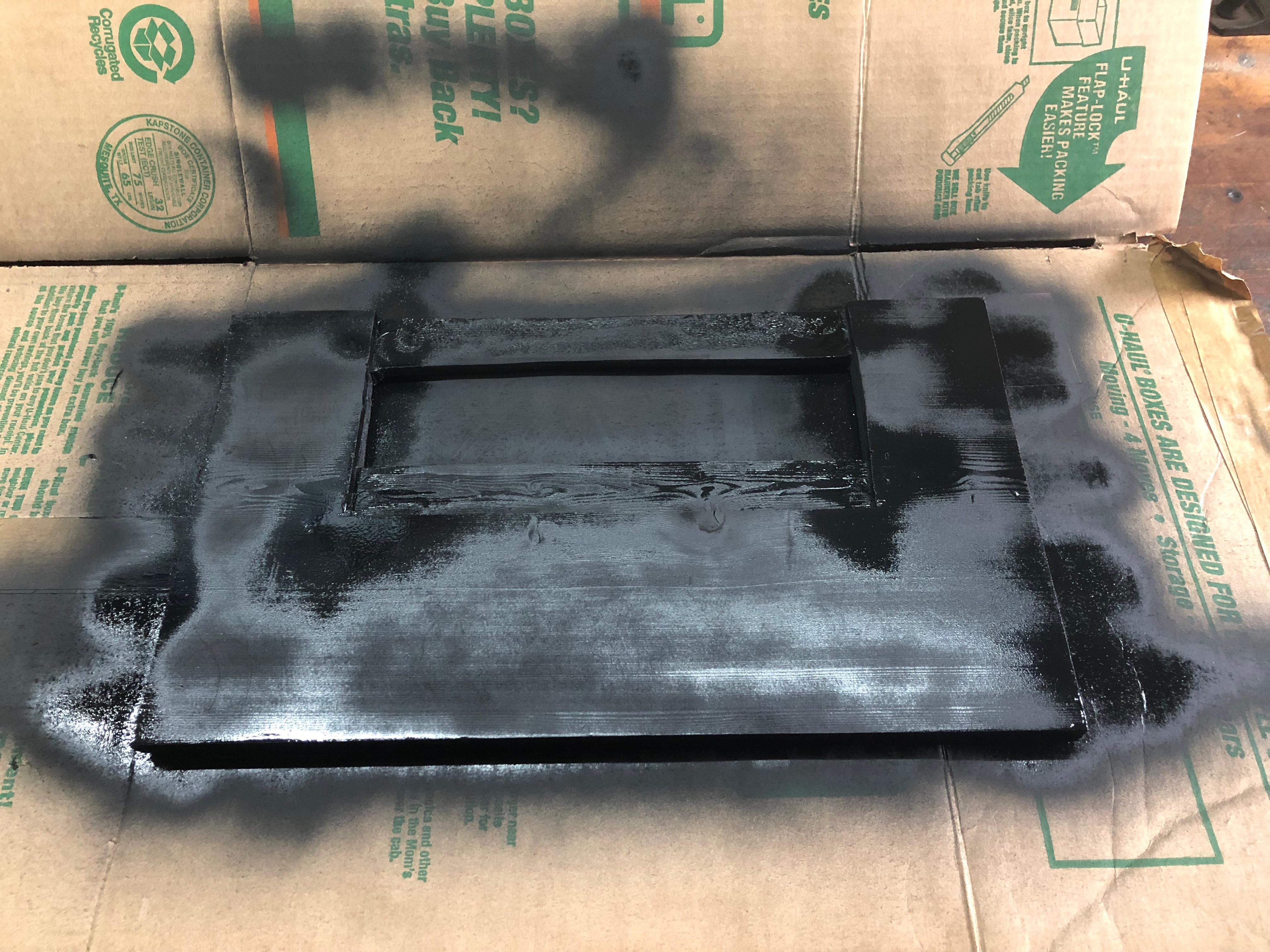
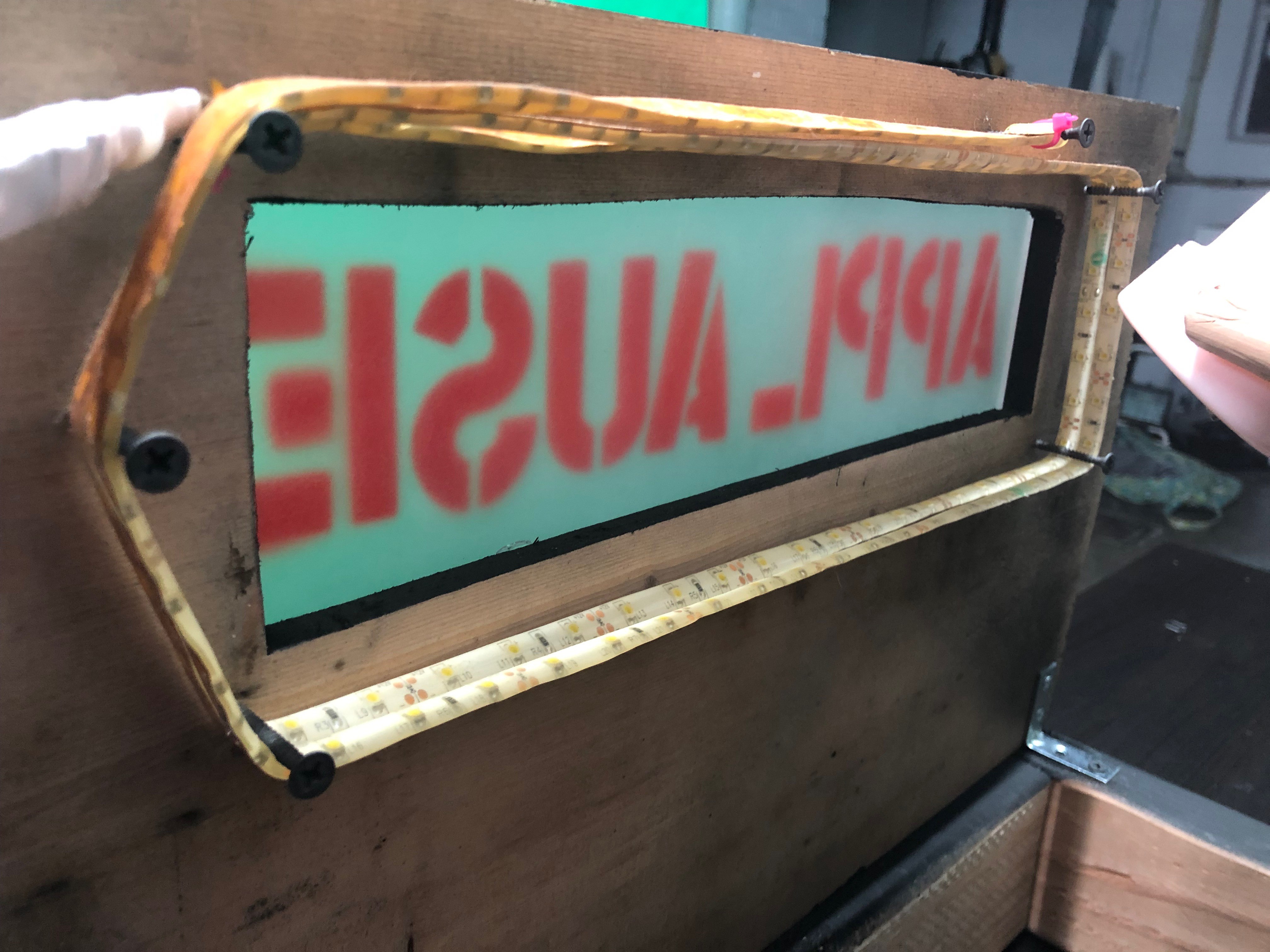
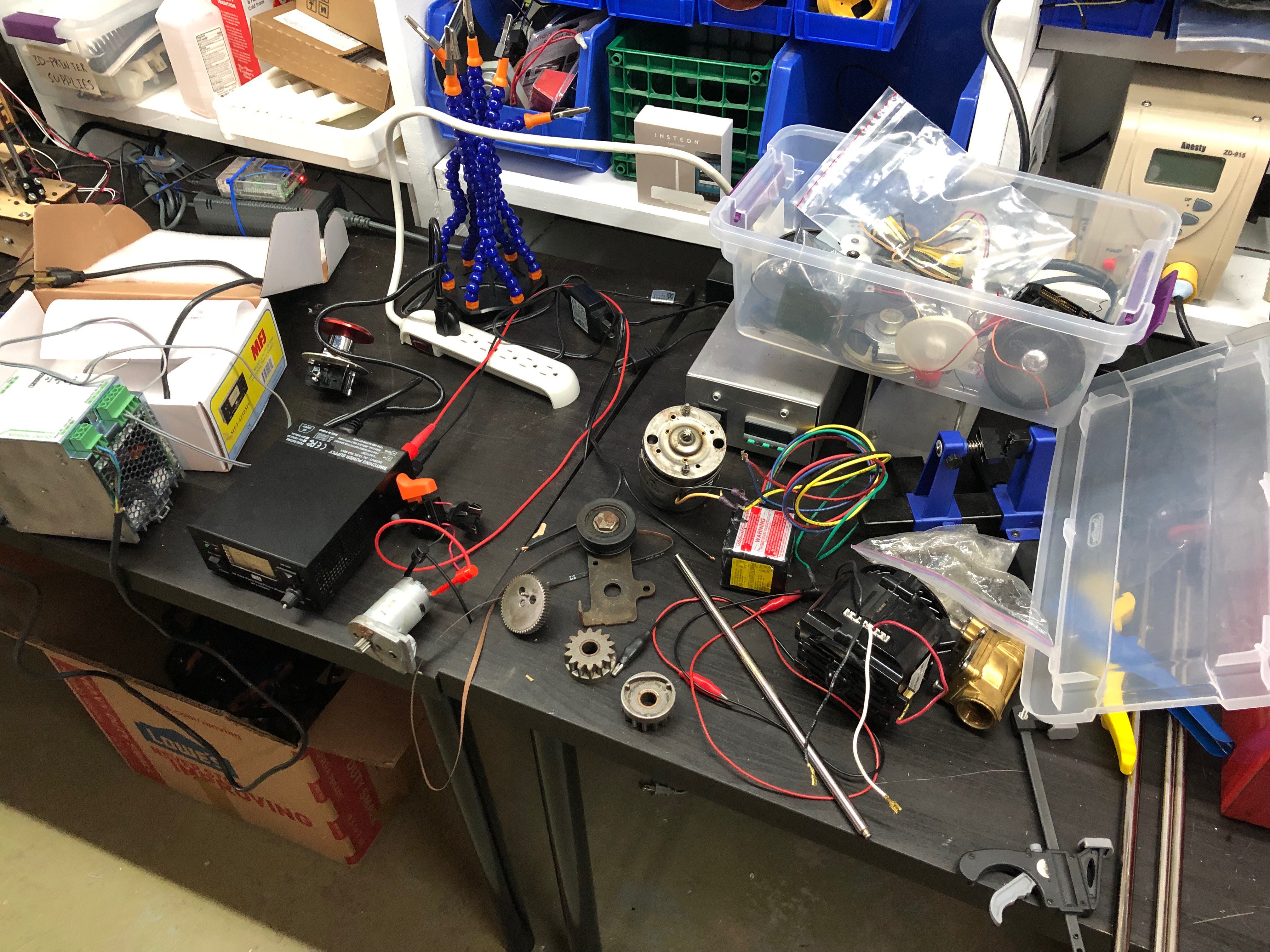
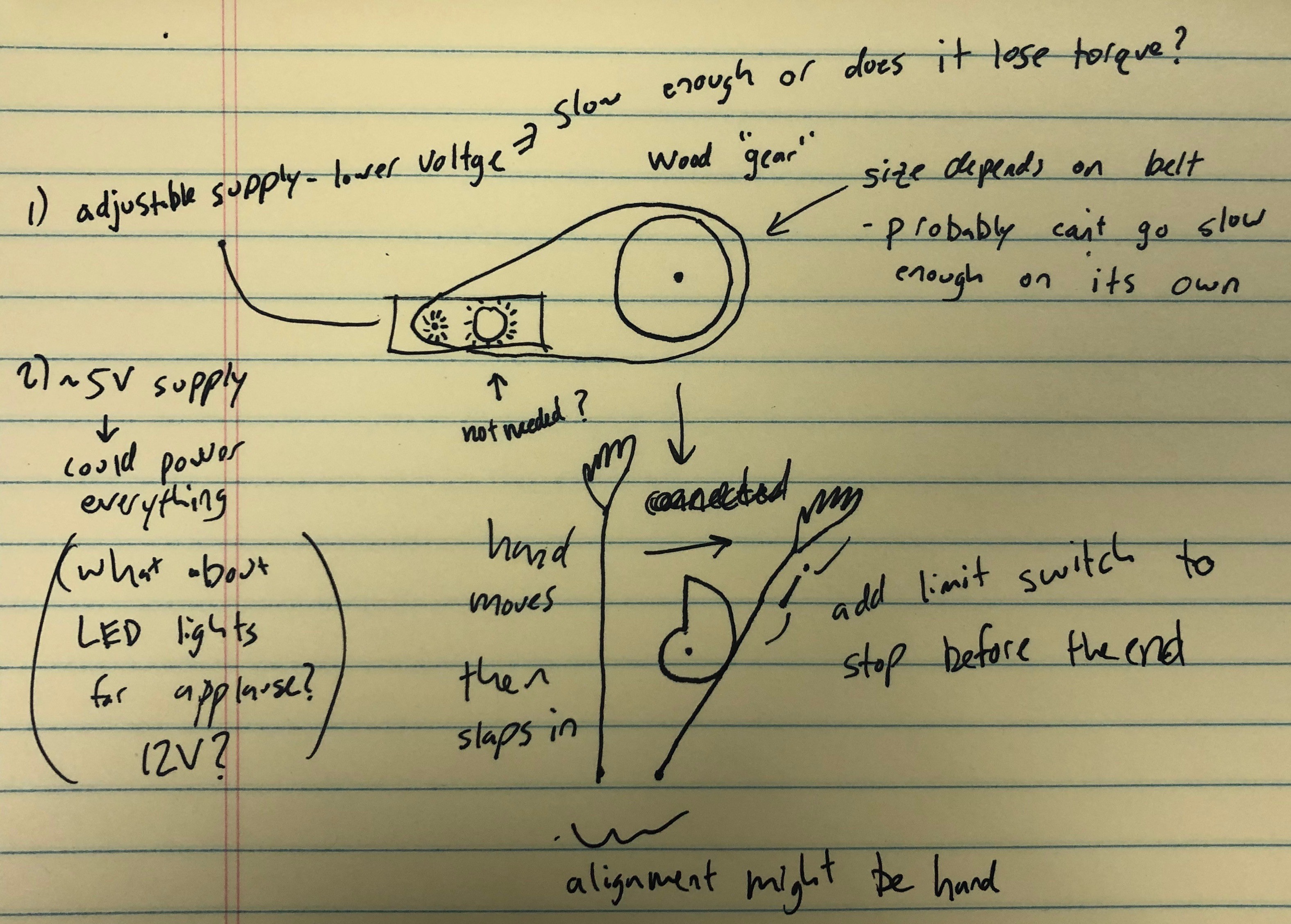


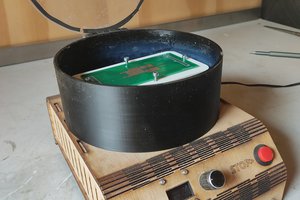
 Jeroen Delcour
Jeroen Delcour
 smashedagainst
smashedagainst
 Quinn
Quinn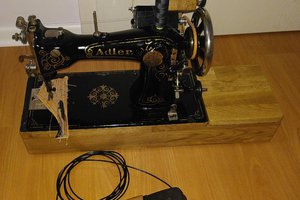
 Joseph Eoff
Joseph Eoff